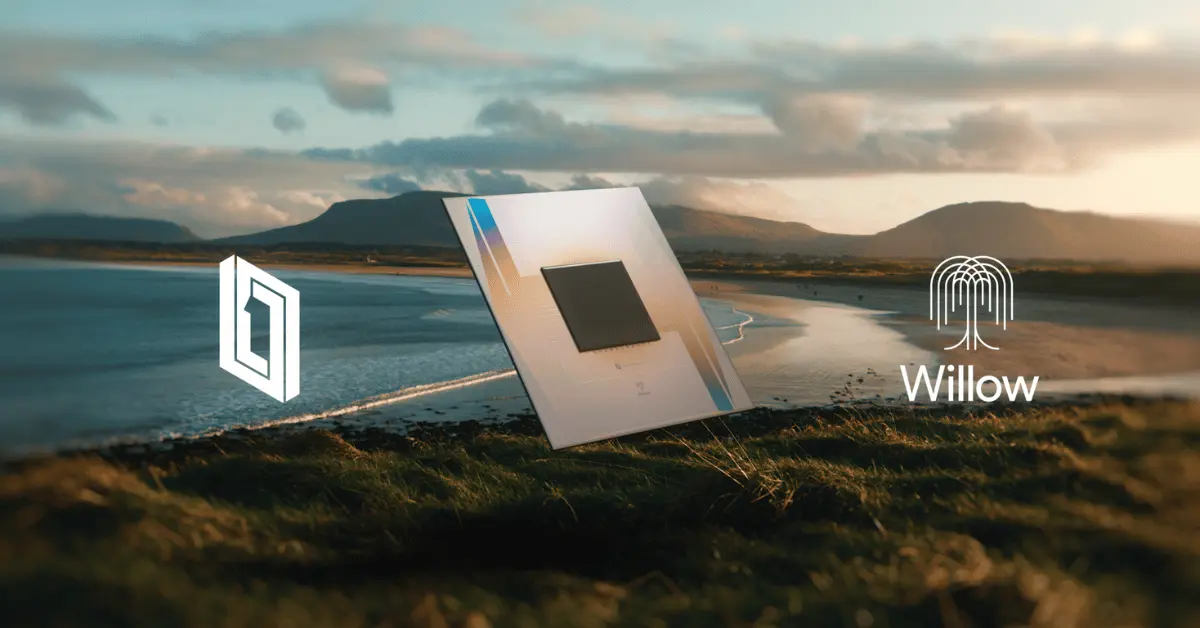Google Quantum Computer
Image Credit: Google
Introduction: The Journey to Quantum Supremacy
The world of computing changed forever when the Google Quantum Computer team announced they had achieved quantum supremacy. This wasn’t just another tech milestone—it was a glimpse into a future where quantum computers could solve problems that today’s supercomputers couldn’t crack in a lifetime.
Google’s quantum computing journey began over a decade ago, and each breakthrough brought us closer to real-world applications. In this article, we’ll take you through a timeline of Google’s biggest quantum computing milestones, from their early experiments to their latest cutting-edge processors.
2013-2015: Google’s First Steps into Quantum Computing
Google Quantum Computer research officially began in 2013 when they teamed up with NASA and the Universities Space Research Association (USRA) to acquire a D-Wave 2X quantum annealer. While D-Wave’s approach used quantum annealing (a different method from Google’s later quantum gate-based computing), it marked Google’s first real step into quantum technology.
By 2015, Google had formed a dedicated quantum computing team led by John Martinis. Their goal was to build a universal quantum processor capable of surpassing traditional computers in specific tasks.
2017: Bristlecone – Google’s First Large-Scale Quantum Processor
In 2017, Google unveiled Bristlecone, a 72-qubit quantum processor designed to test error correction techniques and improve qubit stability. Error correction was a major challenge at the time, as quantum bits (qubits) are incredibly fragile and susceptible to environmental disturbances.
Google Quantum Computer researchers believed Bristlecone could help them achieve quantum supremacy by demonstrating a calculation that classical computers couldn’t feasibly perform. Though the chip never reached that milestone, it laid the foundation for what came next.
2019: Quantum Supremacy with Sycamore
In October 2019, Google Quantum Computer research made history when their 53-qubit Sycamore processor successfully performed a complex random-number sampling task in 200 seconds. Google estimated that the same task would take the world’s most powerful classical supercomputer 10,000 years to complete.
This was the moment Google declared quantum supremacy, meaning they had built a quantum system capable of outperforming classical supercomputers for a specific problem. Though IBM contested the claim, arguing that a classical computer could solve it in a few days, Google’s achievement marked a turning point for the field.
2021: Moving Beyond Supremacy – The Push for Useful Quantum Computing
After proving quantum supremacy, Google Quantum Computer development shifted towards making quantum computing useful for real-world applications. Their focus turned to quantum error correction—ensuring that computations remained stable and scalable as the number of qubits increased.
One of Google’s biggest announcements was their roadmap to building a fault-tolerant quantum computer capable of solving meaningful problems in materials science, pharmaceuticals, and artificial intelligence.
2023: Google’s Breakthrough in Quantum Error Correction
Error correction has always been the biggest challenge in quantum computing. In 2023, Google Quantum Computer scientists demonstrated that increasing the number of qubits in an error-correcting system actually reduced errors—something no other quantum system had successfully achieved before.
This was a critical breakthrough, as practical quantum computing requires stable qubits that can handle complex computations without breaking down due to interference.
2024: The Willow Processor – A Game Changer
In December 2024, Google introduced the Willow processor, a 105-qubit superconducting quantum chip designed for scalability and improved error correction. Unlike earlier quantum systems, Willow exhibited decreasing error rates as the number of qubits increased, a crucial milestone for building a large-scale, fault-tolerant quantum computer.
With Willow, Google Quantum Computer research had taken another step toward making quantum computing practical for industries such as drug discovery, cryptography, and artificial intelligence.
What’s Next for Google Quantum Computer Research?
Google’s long-term vision is to build a fully error-corrected, fault-tolerant quantum computer that can revolutionize entire industries. If they succeed, quantum computing could unlock breakthroughs in:
- Drug discovery: Simulating molecules to accelerate new medicine development.
- Cryptography: Enhancing cybersecurity and quantum-resistant encryption.
- Climate modeling: Simulating climate patterns with unprecedented accuracy.
- Artificial intelligence: Boosting machine learning and problem-solving capabilities.
The road ahead is still challenging, but with innovations like the Willow processor, Google Quantum Computer research remains at the forefront of this exciting field.
Conclusion: The Race to Quantum Dominance
Google isn’t the only player in the quantum computing race. IBM, Microsoft, and startups like IonQ and Rigetti are also pushing boundaries. However, with breakthroughs like Sycamore, error correction advancements, and now Willow, Google Quantum Computer research is leading the charge.
Quantum computing is no longer a distant dream—it’s an evolving reality. And as Google continues to push the limits, we’re getting closer to a world where quantum computers transform how we solve the universe’s most complex problems.






